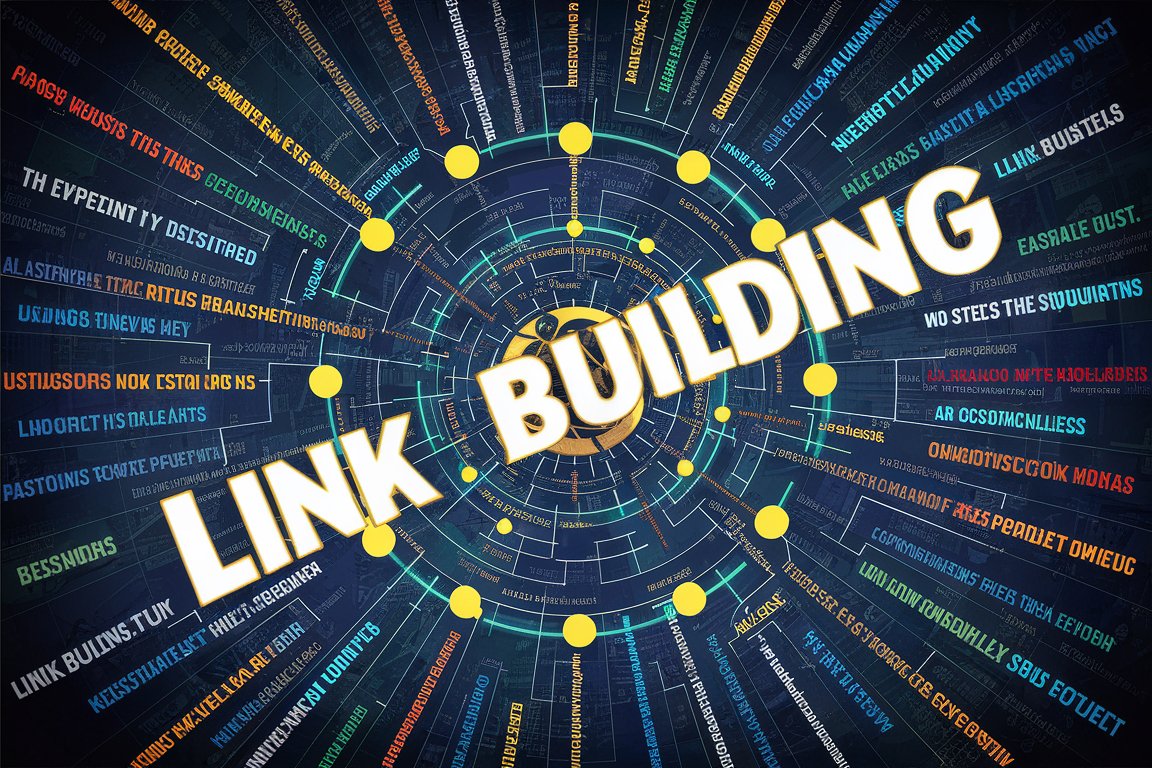In recent years, the importance of environmental sustainability and energy efficiency has become increasingly prominent across various industries. The data center sector, in particular, has recognized the significance of reducing energy consumption and minimizing environmental impact. As a crucial component of data center infrastructure, Power Distribution Units (PDUs) play a significant role in energy management. The integration of Environmental Management Systems (EMS) into PDUs represents a proactive approach to addressing environmental concerns while optimizing energy usage. This article explores the benefits, challenges, and implications of integrating EMS in PDUs.
Understanding Environmental Management Systems (EMS)
EMS refers to a framework that organizations implement to manage and reduce their environmental impact systematically. It involves the establishment of policies, procedures, and practices aimed at minimizing resource consumption, reducing waste generation, and mitigating environmental risks. EMS frameworks typically include elements such as environmental policy development, planning, implementation, evaluation, and improvement.
The Role of PDUs in Data Centers
PDUs are critical components of data center infrastructure responsible for distributing electrical power to server racks and IT equipment. Traditional PDU powerstrips primarily focus on providing reliable power distribution without considering energy efficiency or environmental impact. However, with the growing emphasis on sustainability, there is a compelling need to enhance the energy efficiency of PDUs while ensuring reliable power delivery.
Integration of EMS in PDUs
The integration of EMS in PDUs involves incorporating environmental monitoring, control, and reporting capabilities into PDU designs. These features enable data center operators to track energy consumption, monitor environmental conditions, and implement energy-saving measures effectively. Key aspects of EMS integration in PDUs include:
- Environmental Monitoring: EMS-enabled PDUs are equipped with sensors to monitor parameters such as temperature, humidity, and air quality in the data center environment. Real-time monitoring provides insights into environmental conditions, allowing operators to optimize cooling systems and HVAC settings for energy efficiency.
- Energy Management: EMS-enabled PDUs offer advanced energy management features, including load balancing, power capping, and outlet-level power monitoring. These capabilities enable data center operators to identify energy-intensive equipment, optimize power distribution, and implement load shedding strategies to reduce energy consumption.
- Remote Management: EMS integration enables remote monitoring and management of PDUs, allowing operators to access real-time data and control PDU settings remotely. This functionality facilitates proactive maintenance, troubleshooting, and performance optimization without the need for onsite intervention, reducing operational costs and downtime.
- Reporting and Analytics: EMS-enabled PDUs generate comprehensive reports and analytics on energy consumption, environmental conditions, and equipment performance. These insights help data center operators identify inefficiencies, track environmental KPIs, and make data-driven decisions to optimize resource utilization and reduce environmental impact.
Benefits of EMS Integration in PDUs
The integration of EMS in PDUs offers several benefits for data center operators and organizations:
- Improved Energy Efficiency: EMS-enabled PDUs help optimize energy usage, reduce power consumption, and lower operating costs by implementing energy-saving measures and load management strategies.
- Enhanced Environmental Sustainability: By monitoring environmental conditions and implementing energy-efficient practices, EMS-enabled PDUs contribute to reducing carbon emissions and minimizing the environmental footprint of data center operations.
- Greater Operational Efficiency: Remote management capabilities enable proactive maintenance, troubleshooting, and performance optimization, leading to increased operational efficiency and reduced downtime.
- Compliance and Reporting: EMS-enabled PDUs facilitate compliance with environmental regulations and standards by providing comprehensive reporting and analytics on energy consumption and environmental performance.
Challenges and Considerations
Despite the numerous benefits, the integration of EMS in PDUs presents certain challenges and considerations:
- Cost: Upgrading existing PDUs or purchasing EMS-enabled PDUs may require a significant upfront investment. However, the long-term cost savings and environmental benefits justify the initial expenditure.
- Compatibility: Compatibility issues may arise when integrating EMS solutions with existing data center infrastructure. Ensuring seamless integration requires careful planning and coordination.
- Data Security: Remote monitoring and management capabilities raise concerns about data security and privacy. Implementing robust security measures is essential to safeguard sensitive information and prevent unauthorized access.
- Training and Education: Data center staff may require training to effectively utilize EMS-enabled PDUs and leverage their full potential. Investing in training programs and educational resources is crucial to maximizing the benefits of EMS integration.
Conclusion
The integration of Environmental Management Systems in PDUs represents a significant step towards achieving environmental sustainability and energy efficiency in data center operations. By enabling real-time monitoring, energy management, and remote management capabilities, EMS-enabled PDUs empower data center operators to optimize resource utilization, reduce environmental impact, and enhance operational efficiency. Despite challenges such as cost and compatibility, the long-term benefits of EMS integration outweigh the initial investment, making it a worthwhile endeavor for organizations committed to environmental stewardship and sustainable business practices.











